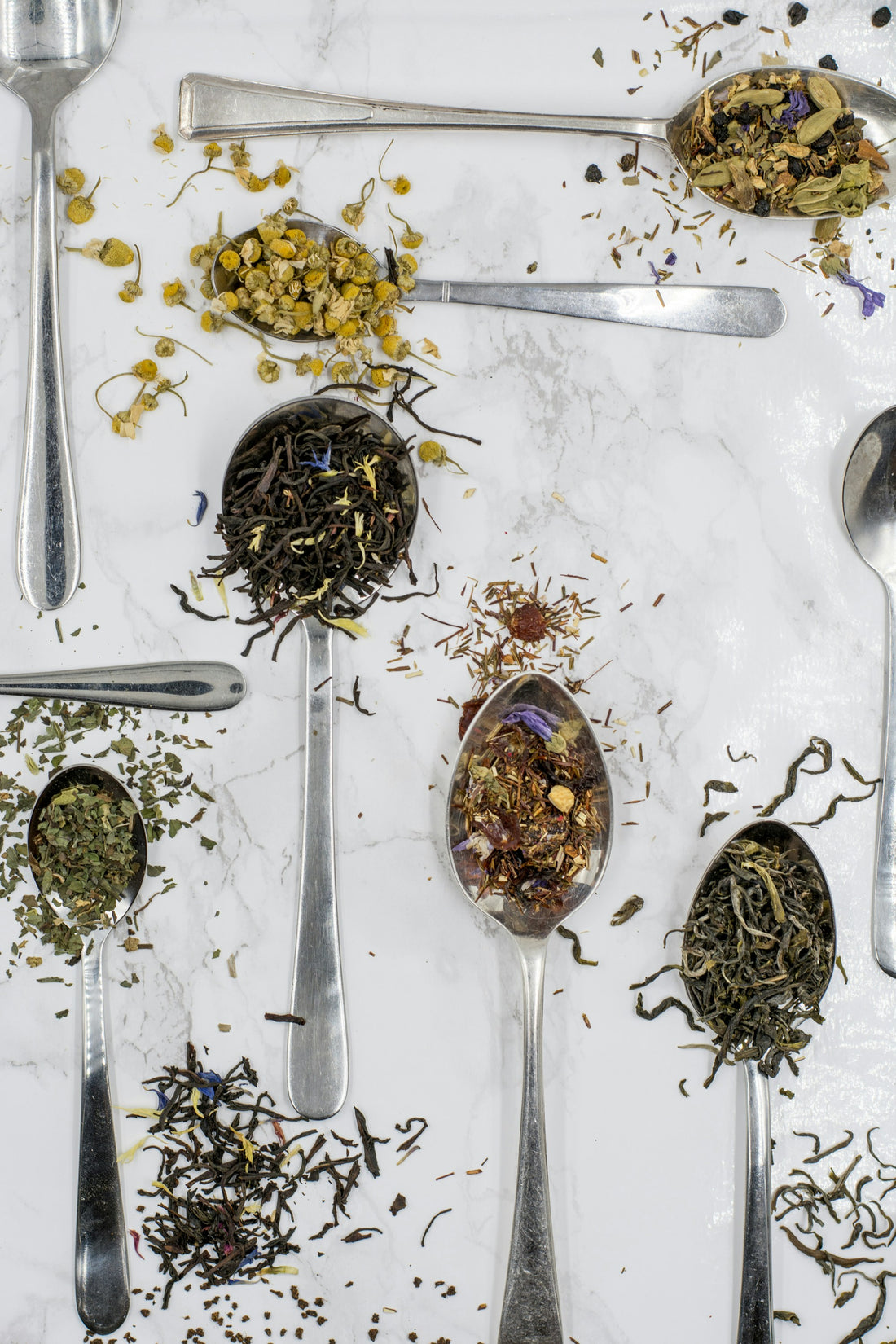Would you choose a chai spiced black tea over a plain black tea once in a while?
Specialty spiced teas are often representative of a unique tradition or culture around the world.
They offer a fun alternative to your usual, or a warming everyday treat. Let's see what we can find...
Masala chai
Masala chai, originating from India, is a spiced tea blend that traces its roots to ancient Ayurvedic traditions, where spices were used for their healing properties.
The modern version of masala chai evolved during the British colonial period when tea cultivation in India became widespread, and locals began adding spices to tea to enhance its flavour. The blend typically includes black tea (commonly Assam) as the base, combined with aromatic spices like cardamom, ginger, cloves, cinnamon, and black pepper, which give it a bold, warming, and slightly spicy taste. The rich, creamy texture of traditional chai comes from boiling the tea with milk, often sweetened with sugar or jaggery to balance the strong flavours of the spices.

Turmeric spice
Turmeric spiced tea, also known as golden milk or haldi doodh in India, has ancient origins in Ayurvedic medicine, where turmeric was revered for its anti-inflammatory and healing properties.
Turmeric itself is a bright yellow root with a warm, earthy, and slightly bitter flavour. Traditionally used for centuries as a remedy for colds, inflammation, and digestive issues, turmeric tea has gained popularity worldwide for its health benefits. The tea is often enhanced with spices like cinnamon, ginger, black pepper, and cardamom, which not only deepen the flavour but also help activate curcumin, turmeric's active compound, boosting its absorption in the body.
NOTE : turmeric does stain most equipment you use with it! It’s often best to use separate tools for making turmeric.

Pumpkin spice
Pumpkin spice tea is inspired by the beloved flavours of pumpkin spice, a blend closely associated with autumn and warming seasonal treats.
While not necessarily linked to ancient traditions like other spiced teas, it has become widely popular in North America, particularly during fall, thanks to its association with pumpkin-flavoured beverages and desserts. The blend usually includes warming spices like cinnamon, nutmeg, cloves, and ginger, which create a sweet, cozy, and aromatic profile reminiscent of pumpkin pie, though it typically contains no actual pumpkin. The spices lend a rich, comforting flavour that pairs beautifully with black tea or rooibos as the base.

Earl grey
Earl Grey tea is a classic blend that originated in 19th-century Britain and is named after Charles Grey, the 2nd Earl Grey, who served as Prime Minister.
The tea's defining characteristic is its infusion with bergamot oil, derived from the rind of the bergamot orange, a citrus fruit native to Italy.
This oil gives Earl Grey its signature flavour—a fragrant and floral citrus note with a slightly bitter, aromatic edge. The base of Earl Grey is typically black tea, often using strong, full-bodied varieties like Assam, Darjeeling, or Ceylon, which balances the light, refreshing quality of the bergamot.
Did we miss your favourite spiced tea? Let us know which is your favourite!


